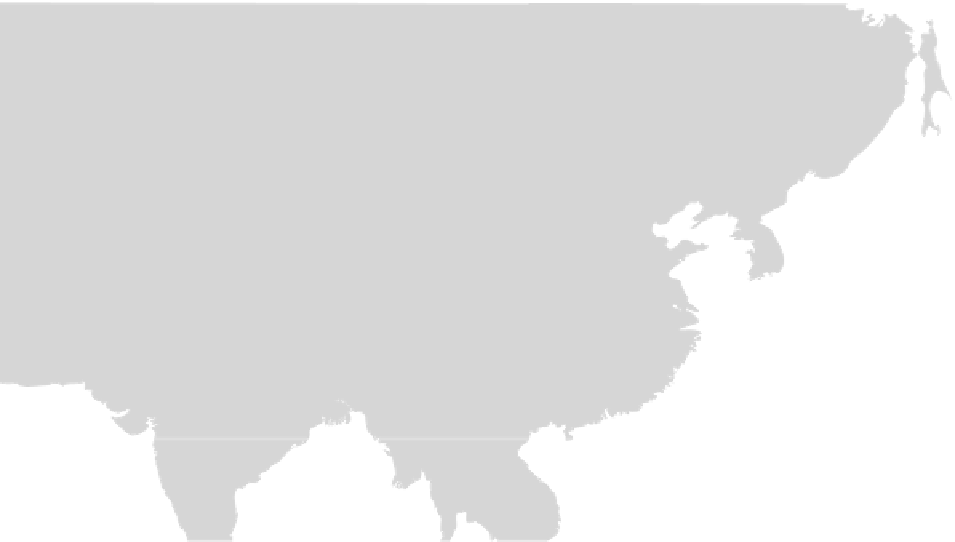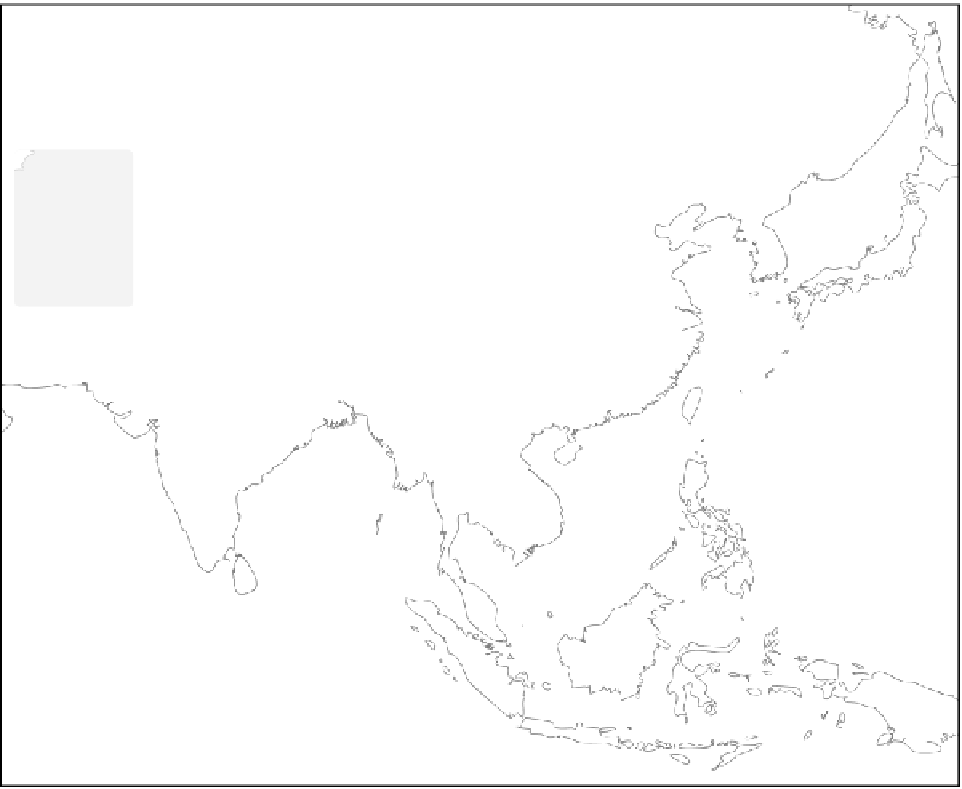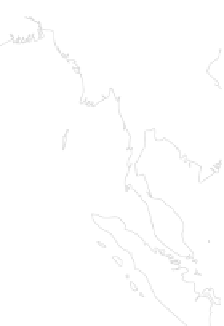Geography Reference
In-Depth Information
Domesticated in
North Central China
Apricot
Barley
Buckwheat
Cabbage
Peach
Plum
Soybean
Diffused from
Southwest Asia
Carrot
Lentil
Melon
Onion
Pea
Rye
Wheat
Diffused
from Africa
Coffee
Cotton
Oil palm
Millet
Domesticated in South and
Southeast Asia
Bamboo
Banana
Breadfruit
Citron
Coconut
Cucumber
Durian
Eggplant
Greater yam
Jackfruit
Jute
Langsat
Lemon
Lettuce
Lime
Longan
Lychee
Mandarin orange
Mango
Mangosteen
Papaya
Pomelo
Pulses
Rambutan
Rice
Sago palm
Sour orange
Soursop
Starfruit
Sweet orange
Taro
Tea
Water apple
Water chestnut
Diffused from
Mesoamerica
Chili pepper
Custard apple
Maize
Manioc (cassava)
Pineapple
Sweet potato
Domesticated in
Southeast Asia
Cardamom
Cinnamon
Cloves
Coriander
Ginger
Nutmeg / mace
Pepper
Tamarind
T Tumeric
Diffused from South America
Beans
Cacao
Cinchona / quinine
Groundnuts
(peanuts)
Papaya
Potato
Rubber
T obacco
T omato
Figure 5-1
Crop assemblages, domestication, and introduction. Which of these grains, fruits, herbs, and
spices are you familiar with?
become transnational agribusiness, dependent upon the
machinations of the global economy .
Shifting cultivation is usually dominated by women,
who select the appropriate micro-environment, choose
the essential seeds, and design the multilayered crop
complex: below-ground tubers, surface plants, and
above-ground plants and tree products. A field is used
from one to three years depending on soil fertility . Then
it is abandoned and allowed to remain fallow for 20 to
50 years or more, during which it regenerates its natural
flora. People move to a new area and begin again.
Shifting cultivation can be an ecologically sound
practice for maintaining soil fertility , reducing soil ero-
sion, and encouraging forest rejuvenation. People partic-
ipate in the ecosystem rather than superimposing their
will upon it. However, this practice has drawn severe
SHIFTING CUL TIV ATION
Early farming methods included
shifting cultivation,
a
migratory , field rotation system found mainly in forested
regions and uplands with relatively sparse populations.
Shifting cultivation is called
swidden
in most of Southeast
Asia. It is referred to as
ladang
in Indonesia Figure 5-2.
An area is cleared by a
slash-and-burnmethod
—
cutting down all but the largest trees and setting fire to the
resultant debris. Burning brings nitrogen to the soil, which
is then planted with the aid of a digging stick or hoe.




























































































































































































































































































































































































Search WWH ::

Custom Search